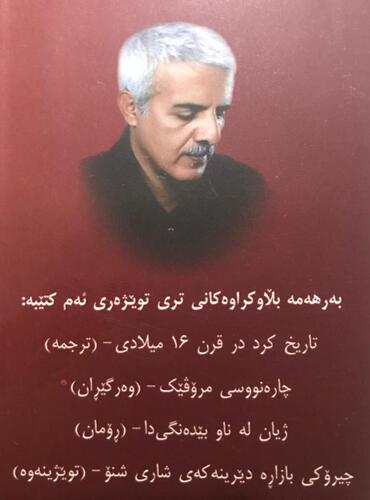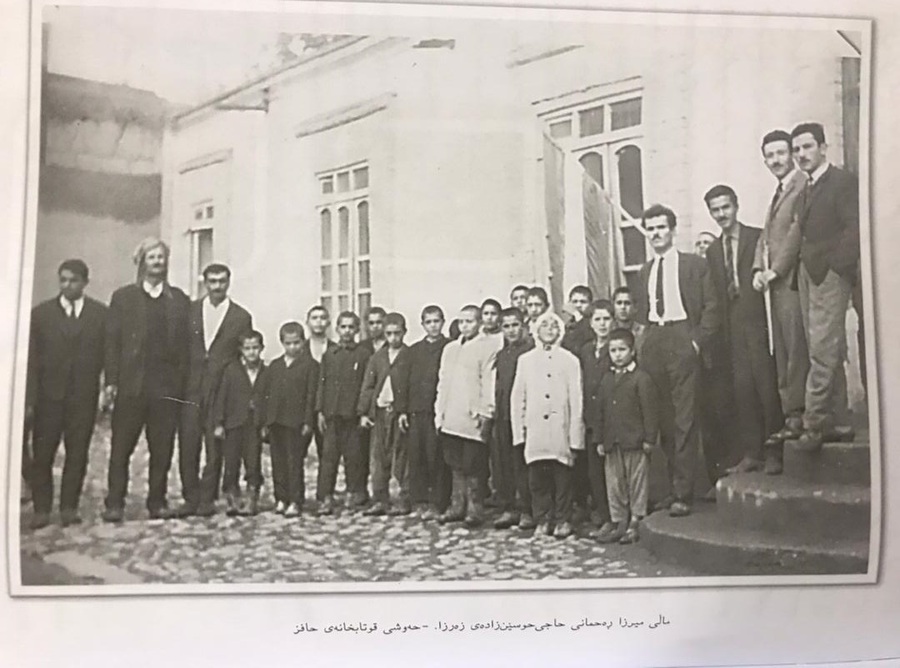According to the sources, history has always been an important subject and how each power took root, what it did during its rule, and how it ended, has been written by historians. But what is interesting is that most of the histories were rewritten by the authorities. In other words, each political system had its own historian, who wrote what was in the interest of the current system of power. If we give examples of history related to the Kurdish people, we can mention a book such as "Tarikh-e Alam-ara-ye Abbasi" written by "Eskandar Beig Turkman" who was the historian of "King Abbas" Safavid. The book describes many events and regions of Kurdistan and the way of Kurdish rule, but because he was a historian of the Safavid, and all histories of the courts hide many sides of reality in history.
The same history narrates an important event such as the Battle of Dimdim Castle, but writes entirely in favor of the Safavid system and against the Kurds. On the other hand, these histories only deal with power from a particular perspective. However, they have forgotten the history of the social, political, economic, and educational life of the people in general.
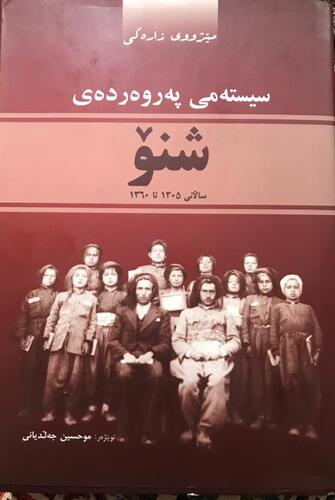
In the twentieth century, a new field called oral history emerged in which historians rewrote history according to people's narratives and told historical events from several viewpoints. Oral history was first conceived and designed by Professor Nunes, who took the first methodical and defining step in this field by collecting the political memoirs of several personalities.
Such work has been rare among the Kurds. However, a very rich book in this field has been published by the talented writer Mohsen Jaldiani. The book is published under the title of "Oral History of the Educational System of Shino" and tells the events of Shino in the field of education from 1926 to 1971.

The author has tried to rewrite the situation of Shino from 1921 to 1941 based on all writing oral history rules from the mouths of people who have seen the events themselves. In terms of language, he has not changed the language, dialect, and speech of the narrators, so there is some pleasant advice and voices throughout the book.
For example, in this section, the author tells the beginnings of the rule of Reza Khan Pahlavi from several people of Shino. In the history of Iran during the reign of Reza Khan, the only reference to Shino is that Reza Khan and his associates assassinated the Kurdish political leader Smail Agha Simko in an inhuman conspiracy. There is no mention of the economic, social, religious, and educational situation of the city. In his oral history, however, he describes in detail that the economic situation at that time was very bad. It is said that at the same time, the Russians brutally massacred the people of Shino and the Iranian state did not defend the people who were its citizens.
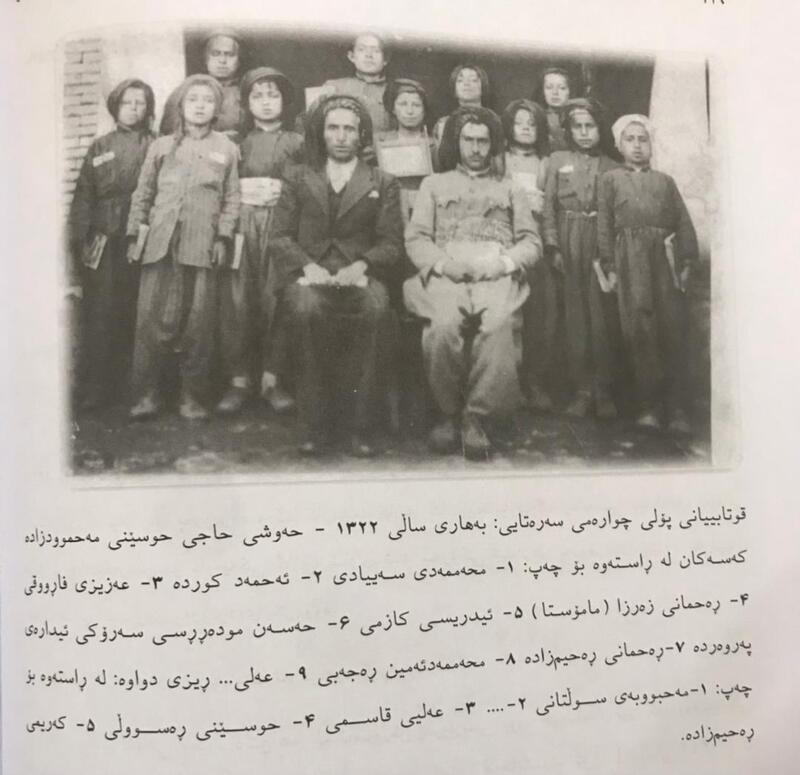
The policies of removing Kurdish clothes from Kurdish women and men in Shino have been described by those who were themselves victims of Reza Khan's wrong and anti-cultural policy. What the reader gets from reading this part of the book is a clear and bitter picture of the lives of ordinary people in Shino. The social hierarchy that dominated the city under the shadow of the feudal system is also mentioned.
This is the general picture of Shino, but the author's main purpose, as the title of his book suggests, is to talk about the educational system in the city. First, the author describes the form of traditional education in Shino. A method that has been observed throughout Kurdistan until then. That is, students are connected to the mullah education system and the most important thing is to study in the courts of the nobles. In other words, education was popular either in the mosque or in the courts. The author then describes the first steps for the construction of modern educational buildings and structures in Shino.
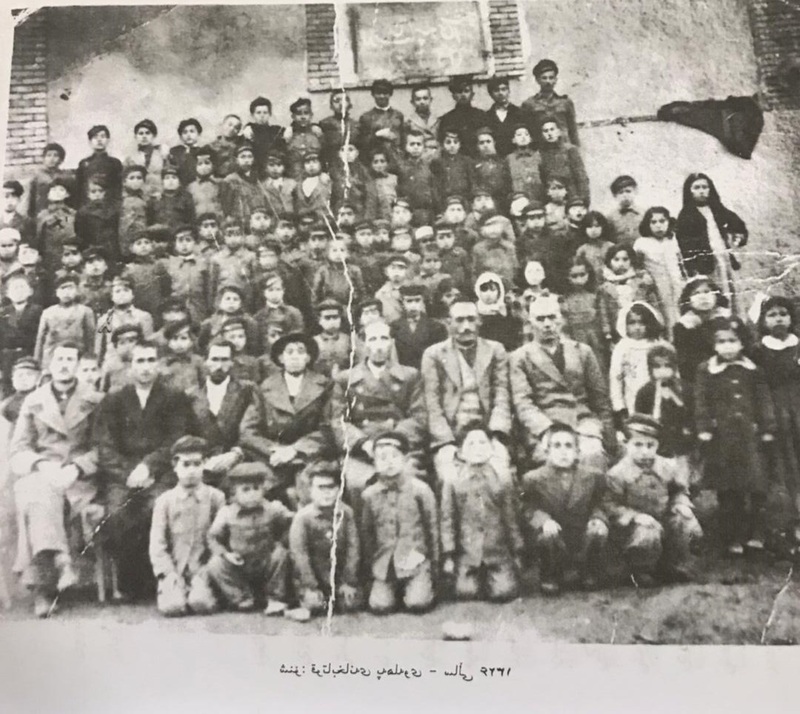
According to the author's research and oral history, the first public school was opened in Shino for the first time in 1926, but not as we know it today. The state has provided the least cooperation and solidarity with the Kurdish people in this area. Hassan Kazemi, the first school teacher in Shino, describes the beginning of the process:
“Then I heard about it from the people shortly. They told me that the government could set up a school in Shino. I suggested to be hired and immediately went. I signed a contract for seven Iranian Rials a month to be a teacher of children. We sat in the yard on a rug and taught both the Qur'an and the school education".
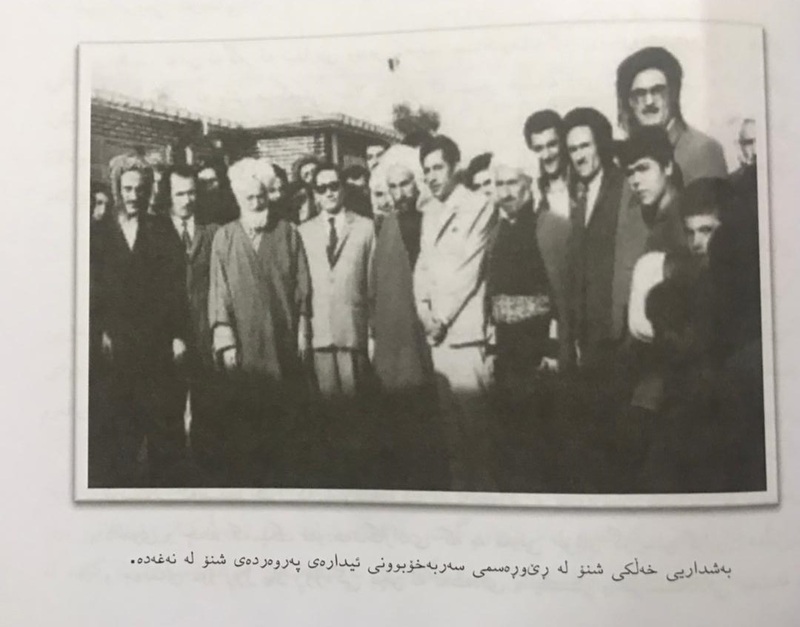
The author then talks about the gradual development of formal education in Shino. It also presents cultural problems in this area. For example, he says that at first people were less willing to adapt to the new education system and more confident in the old education system.
One of the author's narrators, Haji Mohammad Amin Amini, says:
“There were no more than seventy or seventy-five children in the school. Few people sent their children to school. They said they would become atheists. They will become disbelievers. It's better not to study".
But gradually, in later years, this trend will take hold. In other sections, the author talks about the first teachers of Shino. The students of that time in Shino, the first schools, the first girls' school, the first school for the elderly, and the textbooks, one after another, and of course, according to the decades of the year, each decade is discussed separately. In other words, it presents the education of Shino from the 1910s, 1920s, and 1930s to the 1960s.
